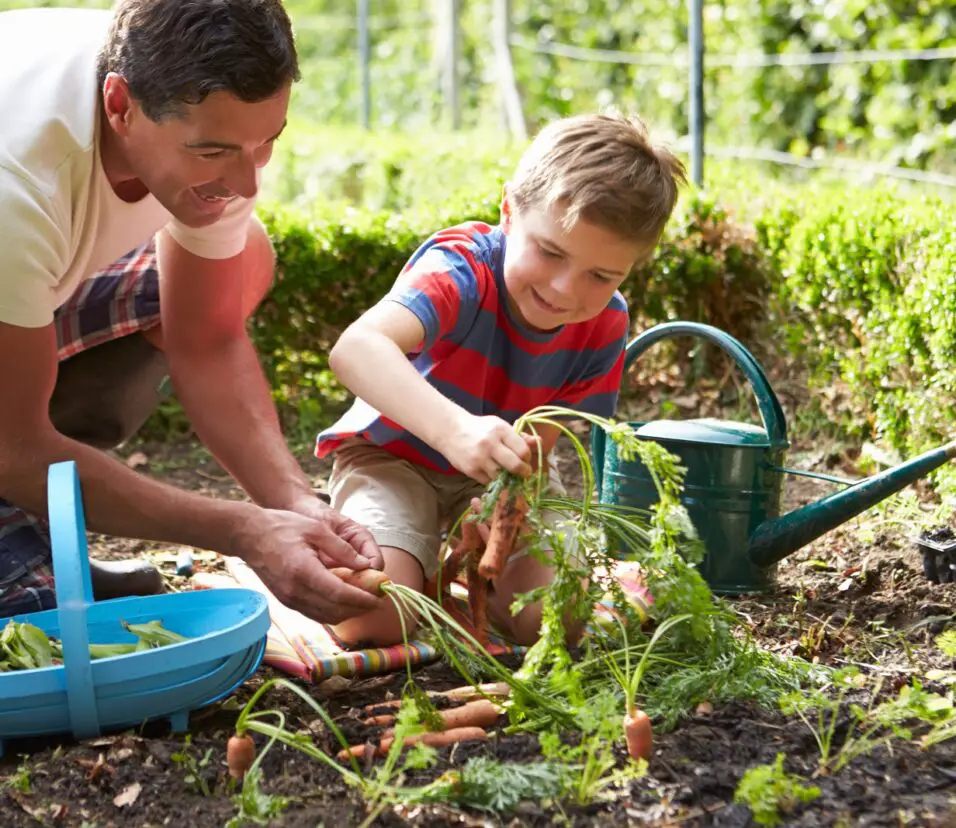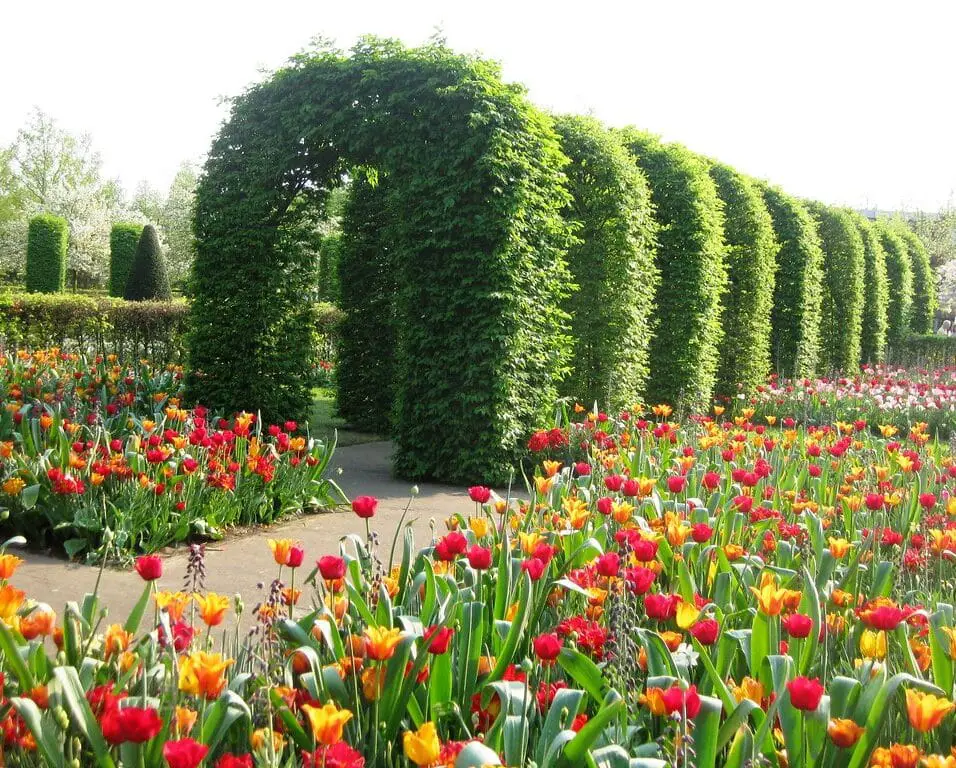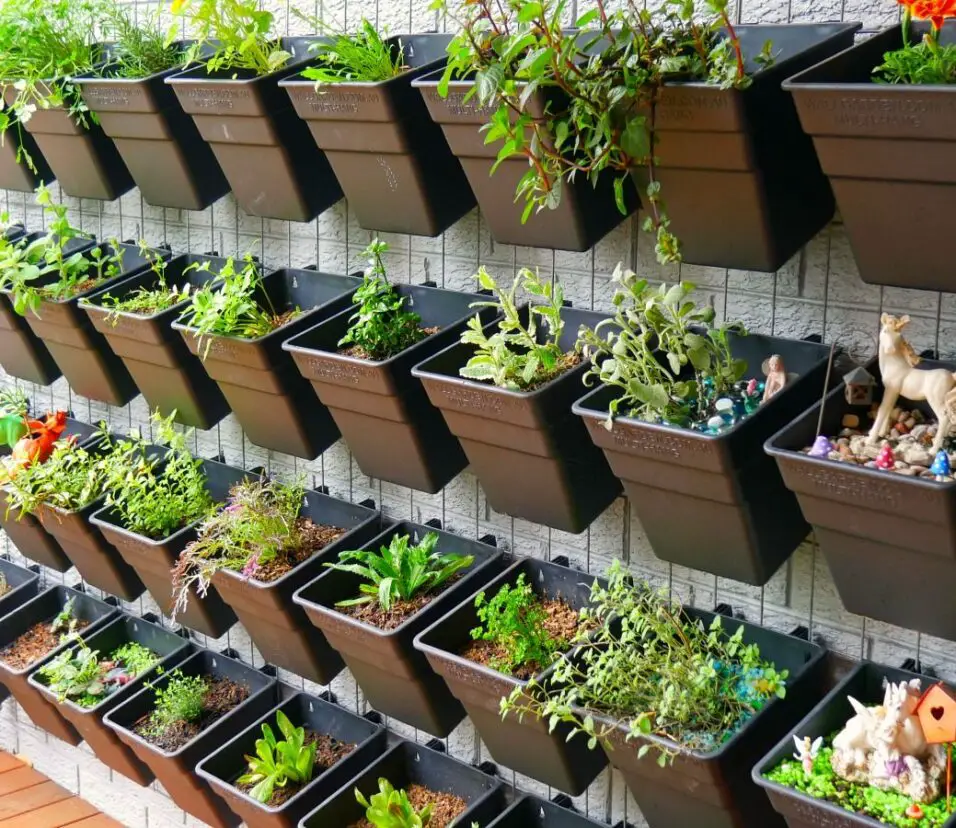Who Is The Patron Saint Of Gardening
Introduction
Who Is The Patron Saint Of Gardening: In the tapestry of human history, certain figures emerge as beacons of inspiration, guiding us through various facets of life with their wisdom and symbolism. Among these revered figures, patron saints hold a unique place, embodying the essence of specific endeavors or aspects of life. In the realm of nurturing nature’s beauty and harnessing the earth’s abundance, the Patron Saint of Gardening stands as a symbol of devotion to cultivation, growth, and the delicate balance between human endeavor and the natural world.
Gardening, a practice that traces its roots to ancient civilizations, transcends mere horticulture; it embodies the harmonious relationship between humanity and the environment. The Patron Saint of commercial Gardening, a spiritual guide and protector of those who tend to the soil, represents the timeless connection between individuals and the earth they nurture. This figure embodies the values of patience, diligence, and the cycle of renewal, reminding us of the profound lessons embedded in the act of cultivating life from the ground.
As we delve into the realm of devotion to the art of cultivation, this exploration unveils not only the identity of the Patron Saint of Gardening but also the cultural and historical significance bestowed upon this figure by various societies. From ancient agrarian practices to modern urban gardening movements, the influence of this patron saint resonates through the ages, offering solace to those who seek communion with the land and reaffirming the sanctity of fostering growth amidst the ever-changing seasons of existence.
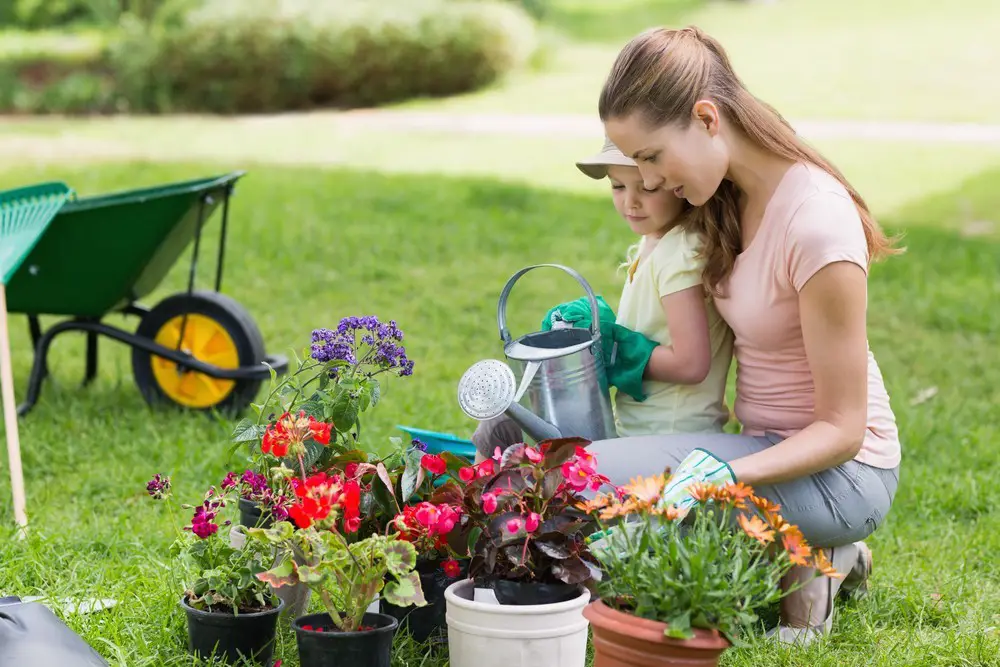
Who is the saint of flowers and plants?
Saint Rose of Viterbo (1235–1252) was made a saint by Pope Innocent IV. Her feast day is September 4. Florists and people who grow flowers pray to her. Rose joined the Third Order of St. Francis. She is from Viterbo, Italy.
Saint Fiacre is one of a kind in Christian history. He is the patron saint of flowers and trees. Saint Fiacre was born in Ireland in the 700s and loved nature. He worked as a farmer. He was the botanical guardian because he worked hard to keep the earth’s beauty.
Some say that Saint Fiacre built a hermitage in the middle of France’s dense woods to get some peace and quiet. His yard was famous for how big and beautiful it was. People prayed to him for lots of crops and yard growth. Over the years, his name became linked to gardening, and people who love plants loved him.
Gardeners who love plants and flowers still pray to Saint Fiacre. His life and devotion continue to make us feel a strong link to nature and remind us of how important it is to care for and protect the beautiful tapestry of life that blooms among petals and leaves.
Who is the patron saint of growing things?
Holy Fiacre has a spade. Gardeners’ patron saint. This seventh-century saint claimed Fiacre merited a cell and house for the destitute for cutting down a forest in one day.
Agriculture and gardening are led by Saint Isidore the Farmer, the patron saint of plants. Saint Isidore, born in late 1100s Spain, loved his church and homeland. He received this prize because he valued work and nature-human balance.
Faith drove Isidore to farm. He was devoted and worked long hours in the fields as a poor farm worker. His life and efforts demonstrated the need to increase earth abundance. Sowers and reapers appreciate him more after generations of stories about how he helped farmers for free.
Saint Isidore’s message inspires and encourages farmers and gardeners that their efforts yield natural rewards. He represents the timeless knowledge that grows in life-protectors’ hearts from the soil. People who defend and nourish life are empowered by him.
Is there a saint of gardens?
Because St. Fiacre is the patron saint of gardening, his “official” feast day is August 31st, while some local variations include September 1st.
There isn’t a special patron saint for gardens, although Saint Francis of Assisi is respected for his connection to nature. Saint Francis, born in the 12th century, had a special relationship with creation, especially gardens. He became the patron saint of ecology and the environment due to his love of animals, plants, and the environment.
Saint Francis’ spiritual and literary writings showed his love of nature. He believed in the interdependence of all life and recognized God in nature. His “Canticle of the Creatures” honors the sun, moon, water, and fire.
Who is the patron saint of gardeners Orthodox?
Holy Martyr Phocas the Gardener
The Holy Martyr Phocas the Gardener came from the city of Sinope on the southern shore of the Black Sea. Having a small garden, he lived modestly. He sold what he grew, and supported himself on the proceeds. He helped the needy and paid for the housing of vagrants.
In the Eastern Orthodox tradition, Saint Phocas the Gardener is venerated as the patron saint of gardeners. Born in the 3rd century, Saint Phocas was a humble laborer who lived in what is now modern-day Turkey. He dedicated his life to gardening and cultivating the land to sustain himself and others.
Legend tells of Saint Phocas’ extraordinary generosity. Despite his modest means, he opened his garden to travelers and shared his harvest with those in need. His acts of kindness extended to offering shelter and care to strangers. One day, as he was tending to his garden, he provided hospitality to two travelers who turned out to be angels in disguise. This selfless act granted him a reputation for sanctity.
His life of devotion and service made Saint Phocas a beloved figure in the Orthodox tradition. He is often depicted with a shovel or gardening tools, a reminder of his dedication to cultivating the earth and tending to its growth. Orthodox believers invoke his intercession for bountiful harvests, protection of crops, and the spiritual nourishment found in tending to both physical and metaphorical gardens.
Who is recognized as the Patron Saint of Gardening and what historical period is associated with their life?
Saint Fiacre is recognized as the Patron Saint of Gardening. He lived during the 7th century and is closely associated with the cultivation of plants and the art of gardening. Born in Ireland, Saint Fiacre’s life and devotion to nurturing the earth’s beauty led to his symbolic connection with gardening.
Legend has it that seeking solitude, he settled in the forests of France, where he established a simple hermitage and cultivated a garden known for its remarkable abundance and beauty. Over time, his name became synonymous with tending to the land and the growth of plants. Saint Fiacre’s intercession was sought by those who wished for flourishing gardens and fruitful harvests.
Although historical records about his life are limited, his legacy endured through oral traditions and later written accounts. As centuries passed, his significance deepened within the realms of horticulture and cultivation, making him a revered figure among gardeners and those who appreciate the spiritual connection to the natural world. Saint Fiacre’s story embodies the timeless relationship between humanity’s effort and the earth’s generosity, resonating with individuals who till the soil and nurture life’s greenery.
How does the Patron Saint of Gardening symbolize the delicate balance between human efforts and the natural world?
Saint Fiacre, who is the patron saint of gardens, shows how hard it is to mix natural and human processes. The idea for this sign came from farming, which combines human work with natural processes. Saint Fiacre’s link to farming shows that you need to know how to work hard, how the soil works, how the seasons change, and how life cycles rise and fall in order to grow things well.
Gardeners today work with the land instead of controlling it, just like Saint Fiacre did. He was careful because messing around too much could throw off the balance of growth. The Patron Saint of Gardening showed how smart it is to let nature grow.
What values and virtues are often associated with the figure of the Patron Saint of Gardening?
Like Saint Fiacre, the Patron Saint of Gardening is often linked to good qualities and ideas that go beyond gardening. The figure also stands for a close link to nature and care for the environment. This virtue encourages mindful gardening, which is in line with environmental care because it protects and grows ecosystems. These traits show that everyone in the community believes in sharing and helping each other.
People can live in harmony with the world thanks to the virtues of the Patron Saint. As they teach us to accept life’s cycles, enjoy the simplicity of growth, and value the wisdom of cultivation. The Patron Saint of Gardening encourages a life-style that takes care of both the body and the soul.
How has the Patron Saint of Gardening influenced various movements, such as ancient agrarian practices or modern urban gardening initiatives?
Many farming groups have been influenced by Saint Fiacre, who is known as the Patron Saint of Gardens. When people lived off of gardening, the Patron Saint showed them how to get food from the ground. When people used these old farming ways, they learned to be patient, respect nature, and work in harmony with the earth’s rhythms. This led to growing whole people.
The memory of the Patron Saint of Gardening shapes gardening projects in cities today. As towns grow and people need to get back to nature, Saint Fiacre’s lessons about taking care of the land, especially in small places, are still relevant. Gardening clubs in cities teach people to be responsible, humble, and involved in their communities. They want to make city-nature habits that last.
The Patron Saint has also helped gardeners today blend old and new methods. The Patron Saint of Gardening gives young gardeners hope, whether they work in community gardens or on rooftops. These ideas give fields plants and a spiritual link to the earth.
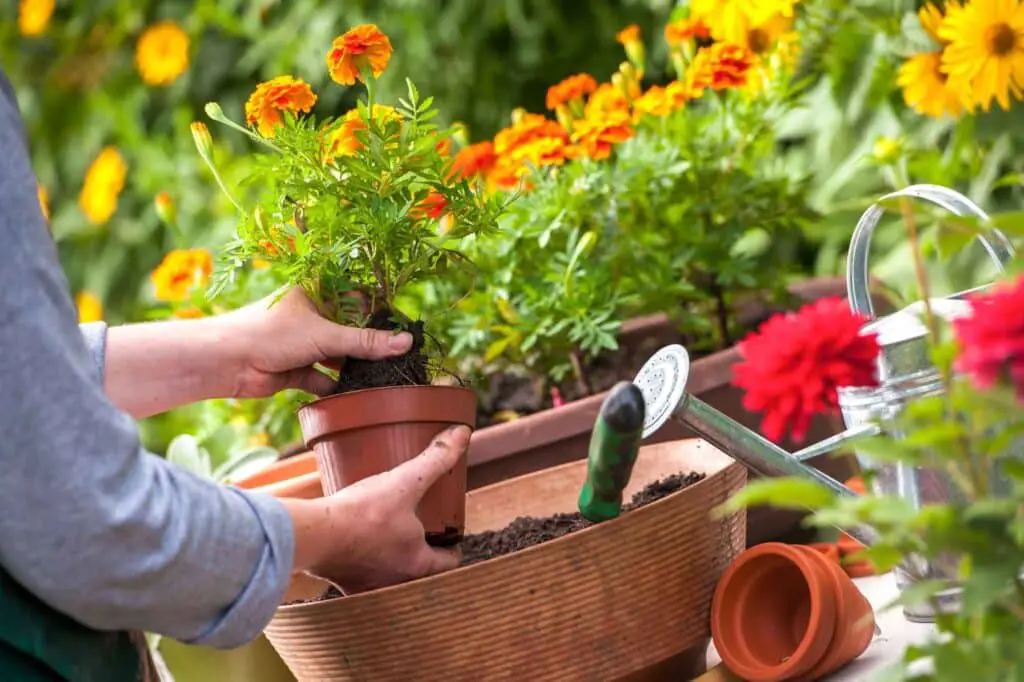
Conclusion
In the intricate tapestry of human existence, the Patron Saint of Gardening, often personified by figures like Saint Fiacre, emerges as a timeless symbol of the interwoven relationship between humanity and the natural world. As we reflect on the values and virtues associated with this revered figure, a profound understanding of our place within the cycles of growth and renewal takes root. The Patron Saint’s embodiment of patience, humility, and respect for nature extends far beyond the boundaries of gardens, offering a guiding light for harmonious coexistence in a rapidly changing world.
From ancient agrarian practices to modern urban gardening initiatives, the legacy of the Patron Saint continues to inspire movements that honor the sanctity of the land. The lessons learned from their devotion transcend mere horticulture, reminding us to tread lightly on the earth, nurture its resources, and cherish the beauty that emerges from our collaboration with the environment. In every garden that blooms and every plant that thrives, the Patron Saint’s influence lives on, weaving a thread of connection between human aspirations and the sustaining power of the natural world. Just as they nurtured the earth’s beauty, so too do they inspire us to cultivate a world where growth, compassion, and balance flourish in unison.





